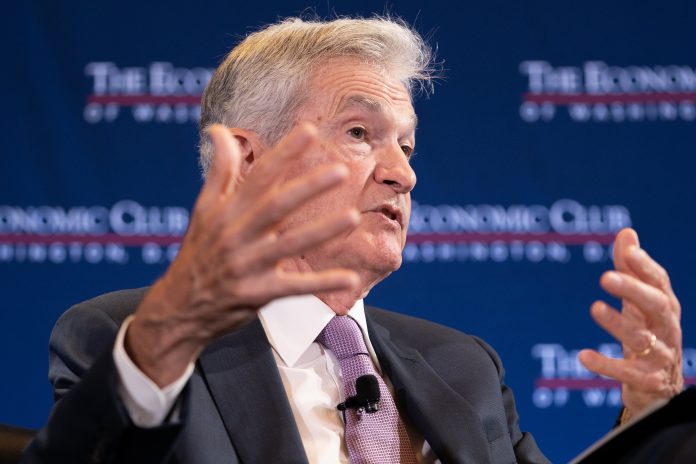A larger Federal Reserve rate cut in September could unsettle investors.
While lowering interest rates might stimulate the economy, it raises the question: how much economic support is actually needed?
Last week, Federal Reserve Chair Jerome Powell shed some light on the central bank’s future plans, stating that “the time has come” to reduce interest rates. This announcement led many investors to anticipate that the Fed will begin lowering rates in September, although the size of the initial cut—whether 25 basis points or 50 basis points—remains uncertain.

Bigger may not necessarily mean better.
According to CME’s FedWatch Tool, the probability of a 25-basis-point cut in September stands at 65.5%, while the likelihood of a 50-basis-point cut is 34.5%.
A more significant rate cut could encourage the flow of capital, potentially stimulating the economy. However, it might also raise concerns among investors, as it could be interpreted as a signal that the economy requires such a boost.
“If you’re optimistic about the market, you’d prefer a gradual reduction in monetary policy rather than a sharp decrease,” José Torres, a senior economist at Interactive Brokers, told MarketWatch. Torres suggested that a substantial rate cut might signal that the Fed is behind in its actions, necessitating a swift response to curb an economic downturn. Conversely, a more cautious and steady approach could enhance investor confidence.
Dave Sekera, chief U.S. market strategist at Morningstar, expects the Fed to opt for a 25-basis-point cut in September. He believes that a 50-basis-point cut is not only improbable but could also have negative repercussions.
“If the Fed cuts by 50 basis points, the market might interpret this as a sign of greater concern about the economy than we currently anticipate. This could escalate fears of an impending recession,” Sekera noted in a report.
Following the market’s reaction to the July unemployment data, investors might be more inclined to sell if they detect signs of an economic slowdown.
“All of that could lead to a market downturn if a 50-basis-point cut actually occurs,” Sekera added.


